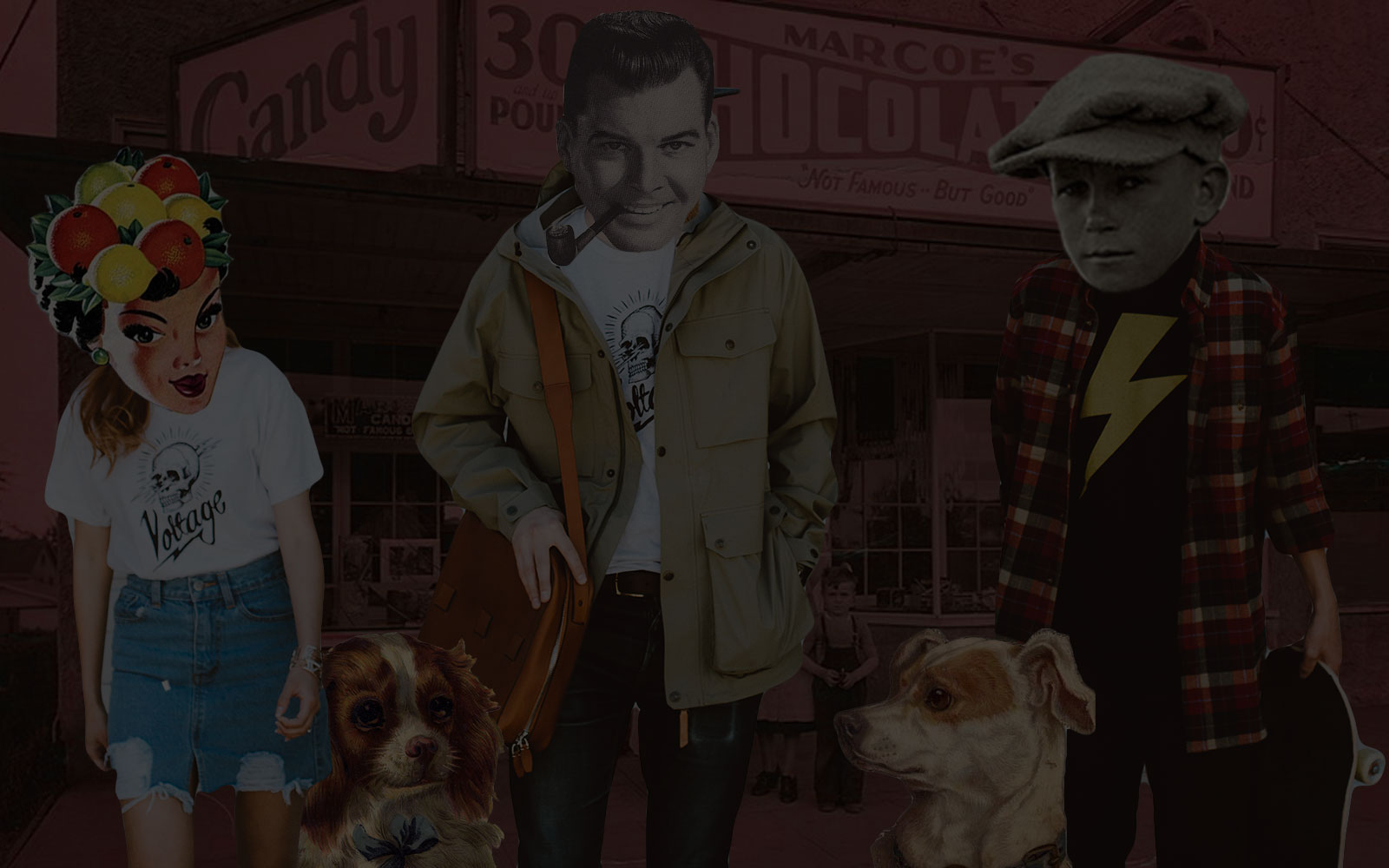
Forces for Good: United By Blue, Part 1
The mark of a true future-thinking outdoor apparel and accessories brand? They take protection of the planet to heart.



Five key questions you should ask about your brand
“Customer don’t buy from a brand anymore…they JOIN the brand.”
We heard the statement above from a keynote speaker at a recent digital conference in Austin and the message really hit home. In this day and age, consumers now value reputation, perception and – above all – emotion much higher than ever before. And in a competitive landscape, cutting through the noise with a brand that resonates is the foundation of your success. Do potential customers know who you are and what you stand for? Great! You are on the right track. But if they are simply shopping on price and features then it is likely that you are simply a commodity. The truth for most organizations typically lies somewhere in between. Bringing that into focus isn’t just worthwhile, it’s essential.
As a result, it is important that you ask yourself “what makes our brand special?” More directly, you should be able to detail WHY customers feel aligned with your mission and values. Making a sale is great, but making a customer a lifelong advocate of your brand has the potential to pay off in exponential ways.
Getting to the heart of the matter
Understanding the answer to the question above is about more than just mission and vision statements. It relies on actually communicating your core to the marketplace not only in a way that is easy to understand but also in a way that resonates at just the right time with just the right volume as a customer decides whether to “join” your brand or not. Here are five key questions to ask yourself and your colleagues to set your market strategy on a long-term path to success.
1. Is it clear to the market what we stand for?
You may well know what you stand for, but do your current and target customers know? In the last year we’ve worked with multiple clients who told us they are “environmentally friendly”, “price aware”, “high end” AND “accessible to everyone.” That may be true in their own minds but it’s highly unlikely that their target demographic would describe them the same way. Specificity trumps generalization in communication. Is your message specific enough to be understood throughout the entire buying-decision process?
2. Does our branding feel human and personable?
A startling number of brands try to remove the human element from their business. They remove customer service phone numbers from the website to reduce support calls. They offer half-hearted, copy and pasted apologies on social media when someone posts something critical. These kinds of tactics aggravate customers and send the message that the brand simply does not care. Having a human element to customer engagement is paramount to building the trust and rapport necessary to earn their loyalty long-term.
3. Are we talking to the consumer or to the people inside our office?
One of the biggest mistakes brands can make as they grow is to seek messaging approval from colleagues and coworkers and not the market. For example, a technology company approached us looking for help with getting their message to larger, enterprise prospects. Right away we noticed that all of the images on their website were of young people enjoying each other’s company. The appearance of these people mimicked those that worked for the company itself, but not their target prospect. We recommended as part of a broader solution that our client add in images of business professionals, that reflected their desired customer. Ask yourself, “who is your brand talking to?”
4. What messaging in our past doesn’t align with our brand today?
Is that messaging still in the marketplace? Many times we don’t see blind spots in our marketing messages, never realizing that this weight is dragging us down. As your company evolves over time so does your brand. It is critical that you understand how your message has changed in the marketplace and take steps to address these changes. Did a previous product or service fall flat? Address criticism head-on and explain how you’ve improved. Have you changed focus to a new segment or vertical? If so, make sure you have messaging that explains why you’ve made the change in a way that doesn’t leave people confused or feeling abandoned.
5. What do our customers believe and how do our products and services affirm that belief?
This is perhaps the most important question to ask, and one whose answer will no doubt evolve over time. But getting out of the building and learning how your customers are using your products will provide a wealth of information. Do the shoes you sell help them reach their goals of a healthy lifestyle or are they being used to set records on the track? Does the coffee you sell make the drinker feel more connected to nature or simply taste better than another choice? Do the carseats you manufacture give them peace of mind that their child is as safe as possible or were you just the cheapest option? What do your customers believe, what are their goals and how are your goods and services helping them in that pursuit?
In larger markets, it can feel challenging to answer those questions to everyone’s satisfaction. And that’s exactly why you shouldn’t try to do that. Your most loyal customers, your most frequent customers and your best customers all have something in common. Finding that commonality and turning up the volume in your messaging and marketing is integral to success. Even better, once you find those traits, preferences and characteristics you can use that information to guide future product development, new features and future campaigns.
Let’s find a way for more people to JOIN your brand
If you or your team are struggling to understand what makes you special in today’s fast-paced environment, we would love to lend a hand. Our team works with brands like adidas and Chipotle to create effective strategies and messaging. Going to market can be tough, but it’s made much easier by knowing exactly how and why people decide to join you in your mission. Contact us here to explore how VOLTAGE can help your message cut through.
VOLTAGE is a digital agency specializing in eCommerce, digital brand experiences, and web apps. Get emails and insights from our team:

The mark of a true future-thinking outdoor apparel and accessories brand? They take protection of the planet to heart.

Install Laravel Nova by following this step-by-step tutorial. This is the first of a four-part series about Laravel Nova which covers installation, creating a CMS, creating a CRM, and adding customization.